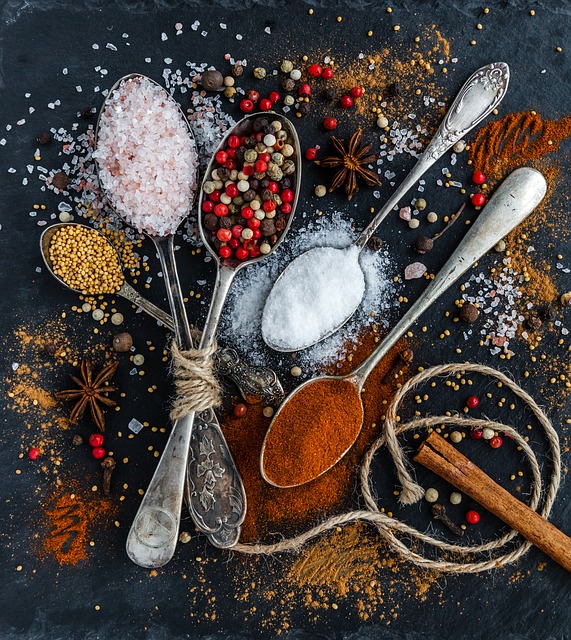Things to Know about Food Poisoning

Food poisoning, also known as foodborne disease, is a disease brought on by eating food that is contaminated. Infectious organisms — such as viruses, bacteria, and parasites — or even their poisons are the most frequent causes of food poisoning.
Infectious organisms or their toxins may contaminate food in any given stage of production or processing. Contamination may also happen in the home if meals are wrongly cooked or handled.
Food poisoning signs, that may begin in hours of ingesting contaminated food, frequently consist of nausea, vomiting, or stomach ulcers. Most frequently, food poisoning is mild and resolves without therapy. However, some folks today will need to visit the hospital.
Symptoms
Food poisoning symptoms change with the origin of the contamination. Many Kinds of food poisoning trigger one or more of these symptoms and signs:
- Nausea
- Vomiting
- Watery or bloody diarrhea\
- Abdominal cramps and pain
- Fever
Signs and symptoms can begin within hours after eating the contaminated food, or else they might start days or weeks afterward. Sickness brought on by food poisoning normally lasts from several hours to many days.
Reasons
Contamination of food may occur at any stage of creation: growing, harvesting, processing, and storing, preparing, or shipping. Cross-contamination — that the transport of harmful organisms from a surface to the other — is most frequently the cause. This is particularly problematic for uncooked, ready-to-eat foods, like salads or other creatures. As these foods are not cooked, dangerous organisms are not destroyed before ingestion and can lead to food poisoning.
Many viral, bacterial, or parasitic agents lead to food poisoning. The next table indicates a number of the probable contaminants when you may begin to feel symptoms and frequent ways that the organism is dispersed.



